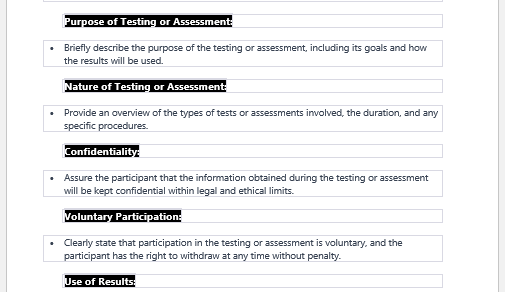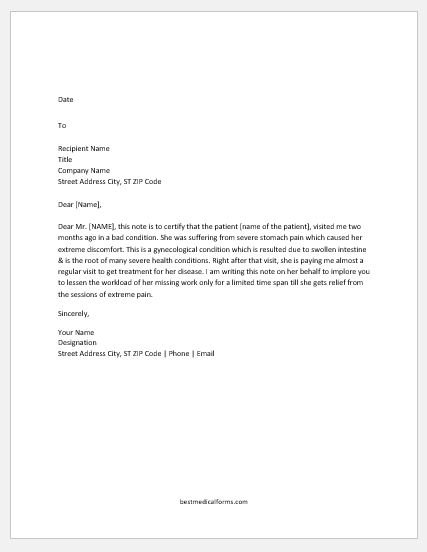Depression is a pathological problem in the mind of the patient. It is defined as anxiety that lasts for more than 6 months. Depression drains all the energy of the patient and almost paralyzes his mind to do daily activities.
A patient with depression is sometimes unable to think properly and normally. He is unable to perform his daily activities at times and suffers from severe mental stress. His relationship with his peers is affected, as is his relationship with his family. Mood swings are one of the most distressing problems he suffers from during depression.
Diagnosis of depression
The diagnosis of depression is as tricky as it is essential. People around the patient with depression must identify the problem and make him consult a good doctor in good time. This fact is beyond any doubt: patients with depression do need help.
Hamilton rating scale for depression
Help can only be provided if the problem is diagnosed in time. One of the ways depression is graded or diagnosed is through the Hamilton rating scale. The other name used for this rating scale is the Hamilton rating scale for depression.
This rating scale uses several things that were asked in questionnaire form. Rating for each answer is done and is calculated for overall scoring. This also helps in knowing the prognosis or probability of the patient coming out of depression after treatment and help.
The Hamilton rating scale was devised by Max Hamilton from the 1960s to the 1980s. It contains several questions that focus on depression symptoms. The scale also gives indications about the patient’s mental status in terms of anxiety, weight changes, and other somatic symptoms.
The HRDS uses a score of three to five for each question. The test takes no more than twenty minutes and assesses the patient’s depression status. 18–20 questions are asked, and overall scoring is used as a reference.
- The chart starts with information about the patient, with as many details as possible.
- Then comes a series of questions. We can examine some of them to better understand the Hamilton chart.
- The first question in this sample scale chart addresses the patient’s mood. The patient has to mention what he feels most of the day and mark one of the five boxes that can tell what he feels most of the day.
- Feelings of guilt are also asked with five options. If the patient is absent, he doesn’t feel it and scores zero on the scale. The maximum score is for the option that says the patient experiences accusatory voices in his head.
- Similarly, this questionnaire asks 20 questions, and a total score is mentioned at the end of the form. A doctor or psychologist then signs the score sheet, which is then evaluated to diagnose whether a person is suffering from depression or not.
- Nursing Documentation Templates
- Mental Health Evaluation Forms
- Forms Used by Pediatricians
- Various Forms Related to Pregnancy Verification
- Common Forms Used by ENT Specialists
- Pain Diary Worksheet Template
- Forms Commonly Used by Old Age Homes
- Medical Treatment Consent Form
- Home Exercise Program Worksheet
- Forms Used for Mental Health Assessment
- Forms Used by Psychologists
- Medical Forms Commonly Used by/for Students
- Assessment Consent Form
- Forms Used by an Anesthesiologist
- Not Fit to Fly Certificate Template



